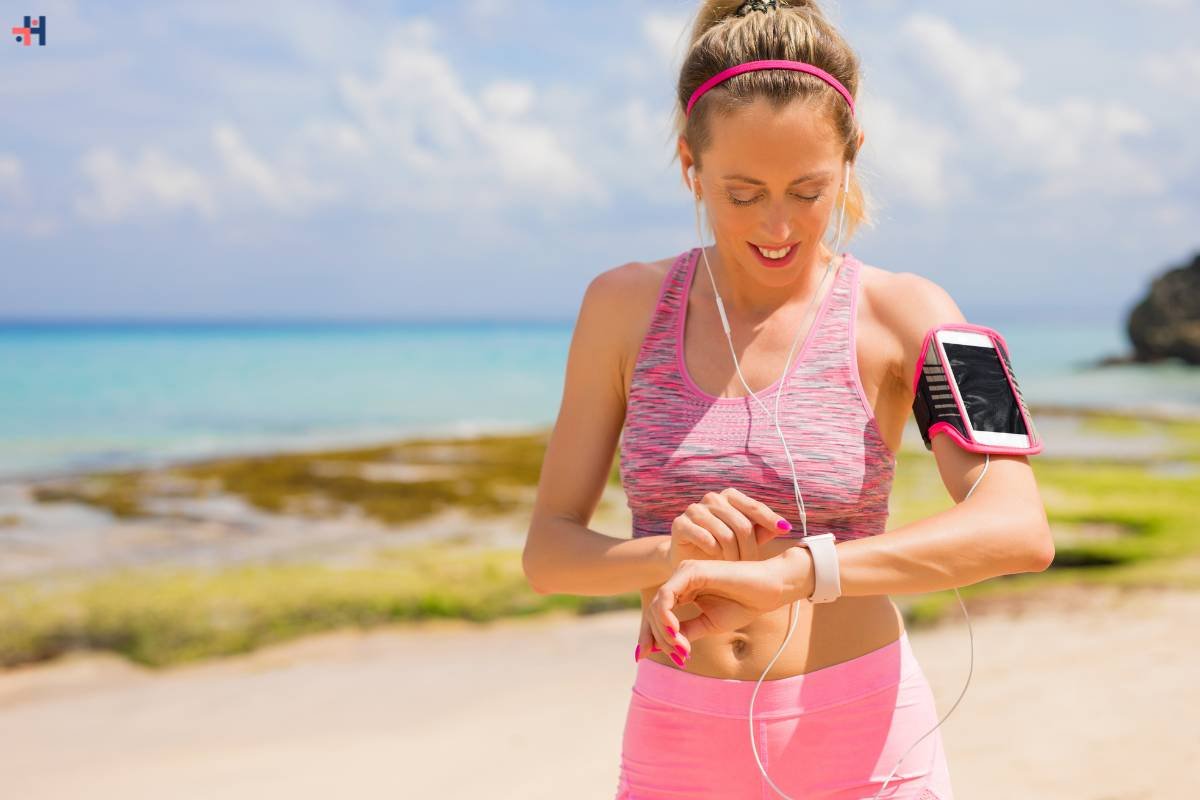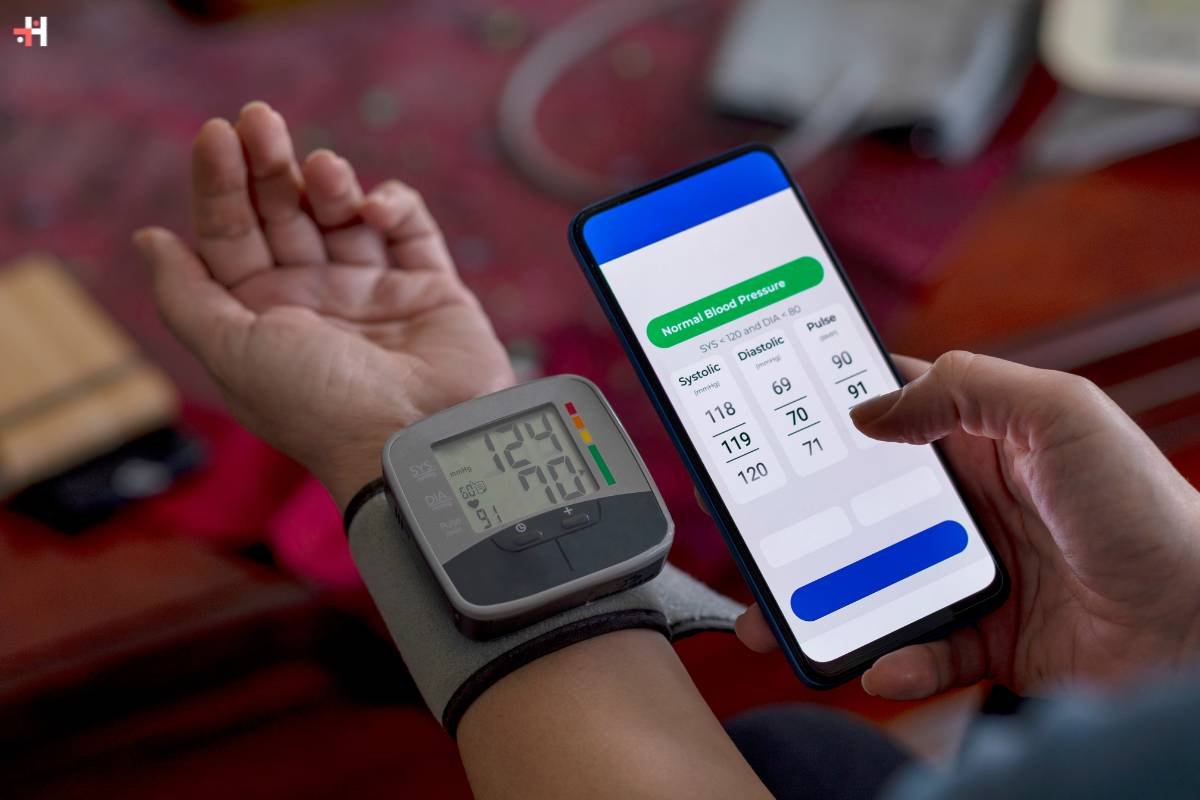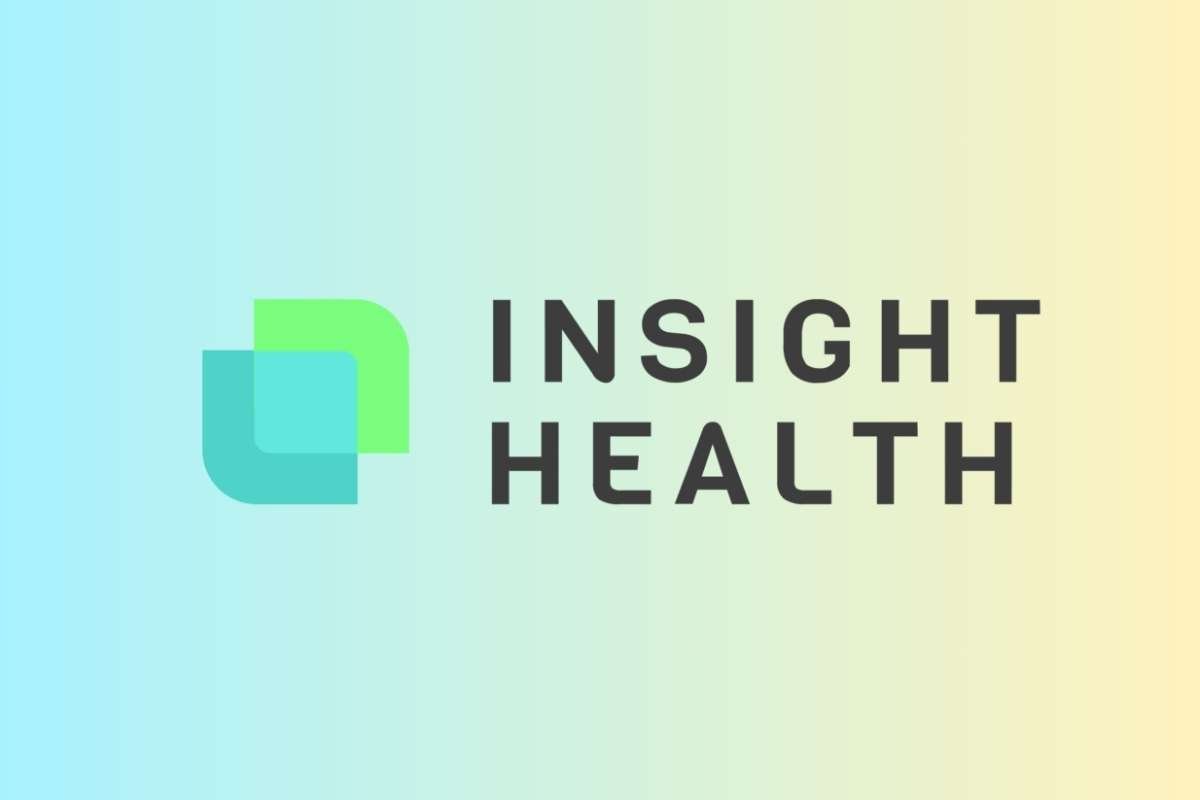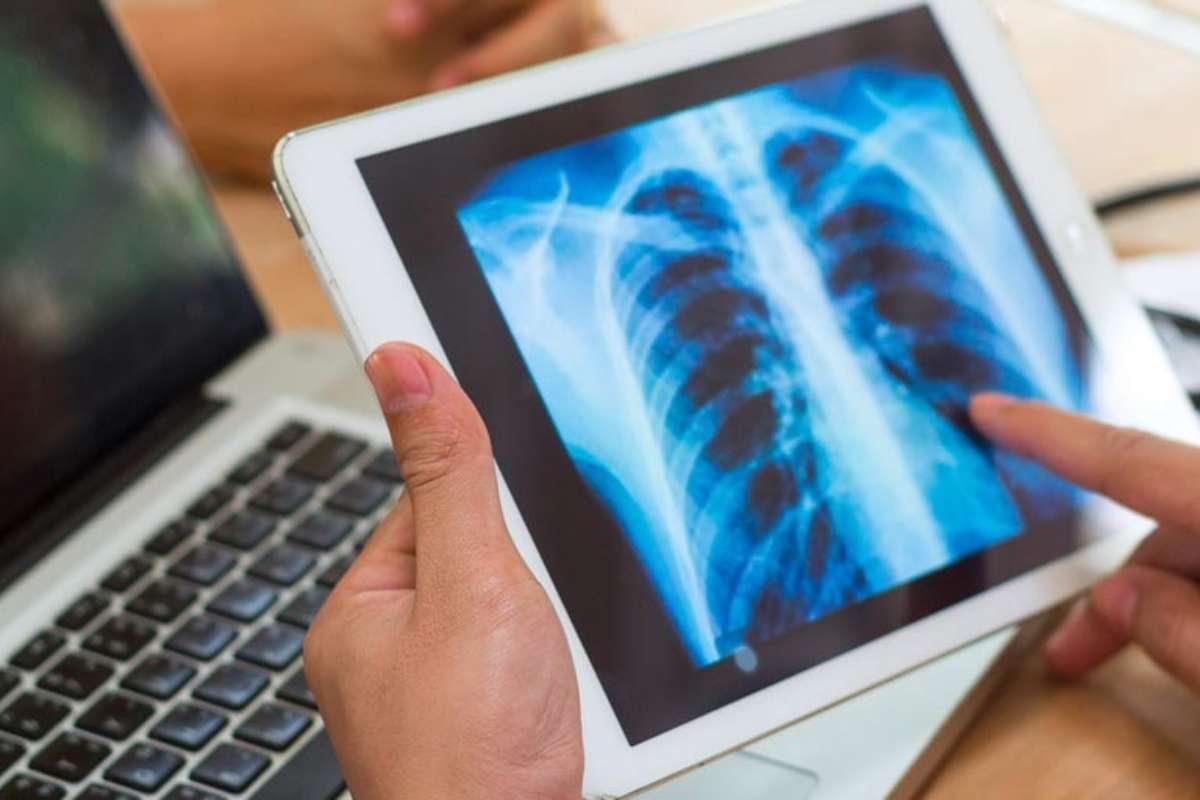In the continuously evolving landscape of healthcare, technological advancements have played a crucial role in transforming patient care. One noteworthy innovation garnering attention is Remote Patient Monitoring (RPM) technology. This piece explores the recent progress in RPM, illuminating its influence, advantages, and the future it foresees for both healthcare professionals and patients. The strides made in RPM, from wearable devices to the integration of Artificial Intelligence (AI), mark a significant shift in how healthcare is administered. By providing real-time data and fostering proactive health management, RPM stands as a beacon of enhanced patient engagement. As the healthcare sector embraces these advancements, the potential for a more interconnected and efficient healthcare ecosystem becomes increasingly promising.
The Evolution of Remote Patient Monitoring
Advancements in RPM have revolutionized the conventional healthcare model, allowing clinicians to monitor patients outside the traditional medical settings. From basic wearable devices to intricate sensors, the progress has been substantial, providing real-time data that enhances the overall patient care experience.
Wearable Technology’s Role in Monitoring

Wearable devices have become the linchpin of remote patient monitoring. These devices, ranging from smartwatches to health-specific wearables, consistently collect and transmit vital health metrics. This not only facilitates proactive healthcare but also empowers individuals to actively participate in managing their well-being.
1. Integration of Artificial Intelligence (AI) and Machine Learning (ML)
The incorporation of AI and ML has propelled RPM to new heights. These technologies analyze extensive datasets to identify patterns, predict potential health issues, and offer personalized insights. Consequently, healthcare providers can deliver more targeted interventions, leading to improved patient outcomes.
2. Benefits of Remote Patient Monitoring
RPM offers a myriad of benefits that extend beyond traditional healthcare models. Grasping these advantages is crucial for understanding the transformative potential of this technology.
3. Enhanced Patient Engagement and Empowerment
Continuous monitoring fosters greater patient engagement. Real-time data access provides a sense of empowerment, encouraging individuals to make informed decisions about their lifestyle and treatment plans.
4. Proactive Health Management and Early Intervention

RPM enables the early detection of health issues by providing timely data to healthcare providers. This proactive approach allows for swift intervention, reducing the risk of complications and hospitalizations.
5. Optimized Healthcare Resources
Remote monitoring ensures more efficient utilization of healthcare resources. Hospitals can prioritize cases based on real-time data, ensuring critical interventions are directed to those who need them the most.
6. Challenges and Considerations
While RPM holds tremendous promise, it is essential to acknowledge the challenges and considerations associated with its implementation.
7. Data Security and Privacy Concerns
The vast amount of personal health data generated by RPM raises concerns about data security and privacy. Addressing these issues is crucial to building trust among both patients and healthcare professionals.
8. Integration into Existing Healthcare Systems
Seamlessly integrating RPM into existing healthcare systems poses a challenge. Overcoming technical and logistical hurdles is imperative to unlock the full potential of this technology.
9. The Future of Remote Patient Monitoring

As technology continues to advance, the future of remote patient monitoring appears promising, with several exciting possibilities on the horizon.
10. IoT and Connectivity Expansion
The Internet of Things (IoT) will play a pivotal role in expanding the capabilities of RPM. Increased connectivity will enable a more comprehensive and interconnected healthcare ecosystem.
11. Telemedicine Synergy
The synergy between RPM and telemedicine is set to redefine how healthcare is delivered. Virtual consultations coupled with real-time patient data will create a holistic approach to remote care.
Conclusion
In conclusion, the progress witnessed in remote patient monitoring technology heralds a transformative epoch in the healthcare domain. This dynamic shift, embracing advancements such as wearables and the integration of artificial intelligence, not only assures heightened patient engagement but also facilitates a proactive approach to health management. The optimization of resource allocation further underscores the potential impact of these technological strides on the healthcare landscape.
While it’s acknowledged that challenges persist, the vision for the future is one of a seamlessly integrated healthcare ecosystem where technology becomes a powerful tool, empowering both patients and healthcare providers. Picture a future where individuals actively participate in their health journey through real-time monitoring, leading to more informed decisions about their well-being. Simultaneously, healthcare professionals harness the wealth of data to tailor interventions, ensuring personalized and effective care.
In essence, the ongoing evolution in remote patient monitoring technology paints a vivid picture of a healthcare future where innovation and connectivity converge, creating a symbiotic relationship between cutting-edge technology and the intricate tapestry of healthcare delivery. This transformative synergy holds the promise of not just addressing challenges but reshaping the very fabric of healthcare for a more efficient, patient-centric, and technology-empowered future.
Frequently Asked Questions (FAQs)
Q1. Can I use any wearable device for remote patient monitoring?
Yes, many wearable devices are compatible with remote monitoring systems. Ensure compatibility with your healthcare provider’s system.
Q2. How secure is the data transmitted during remote monitoring?
Data security is a priority. Systems are designed with robust encryption and compliance with healthcare privacy regulations.
Q3. What happens if an issue is detected during remote monitoring?
In case of detected issues, healthcare providers will intervene promptly, either through virtual consultations or recommending necessary actions.
Q4. Are there age restrictions for utilizing remote patient monitoring technology?
Remote monitoring can be adapted for various age groups. Healthcare providers will determine suitability based on individual needs.
Q5. How can I get started with remote monitoring for personal use?
Consult with your healthcare provider to explore suitable remote patient monitoring options. They will guide you on device selection and usage.










